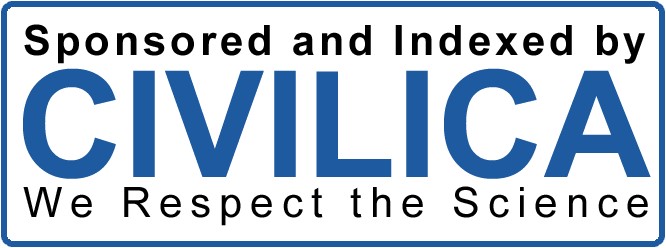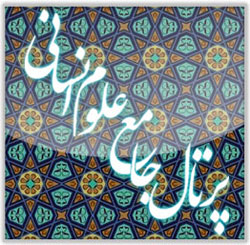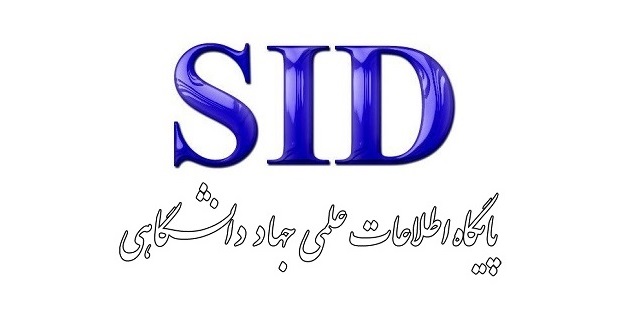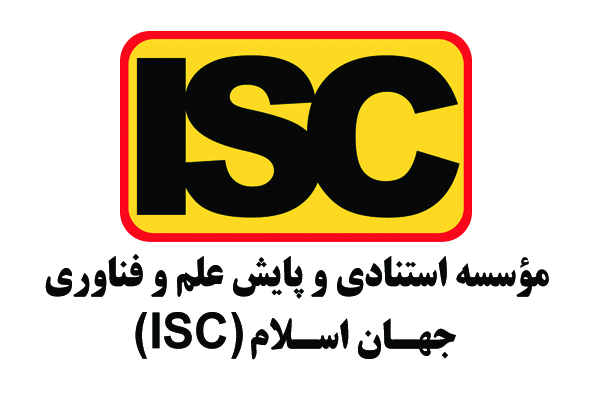Identification of the effective drivers on the the future of the marine tourism market (Case study: Southern coasts of Iran)
Keywords:
tourism, marine tourism, development, drivers, southern coasts of IranAbstract
The proximity of the southern provinces of the country to the Persian Gulf and the Sea of Oman, along with their extensive coastlines, indicates the significant potential of the country in marine tourism. Therefore, national and regional policy formulation should pay special attention to these southern provinces to leverage their latent potential in marine tourism and pave the way for their economic development. This study aims to identify the drivers affecting the future of the marine tourism market on the southern coasts of Iran. This research is applied in terms of its objective and descriptive-analytical in terms of data collection. It is exploratory with a quantitative-qualitative approach. Information was gathered using library research, field studies, and techniques based on environmental scanning and Delphi method. Through a review of the literature and analysis of upstream documents, initial drivers were identified and provided to experts. A total of 48 drivers were identified and finalized. Subsequently, a questionnaire in the form of a cross-impact analysis matrix based on scoring from 0 to 3 was designed to examine the influence and interdependence of these drivers. This questionnaire was then provided to experts to serve as input for the MICMAC software. Data were analyzed, and direct and indirect effects of the indices were assessed. Subsequently, ten key drivers were selected: private and public investment, marketing programs, advertising and information dissemination, infrastructure, budget and credits, inter-organizational cooperation, quality of facilities and services, establishment of social security, social platforms, beach beautification and organization, and holding festivals.
Downloads
References
Diakomihalis, M. N. (2007). The Impact of Maritime Tourism on the Greek Economy via the Tourism Satellite Account.
Tourism and Hospitality Planning & Development, 4(3), 231-244. https://doi.org/10.1080/14790530701783640
Faeni, D. P., Puspitaningtyas Faeni, R., Alden Riyadh, H., & Yuliansyah, Y. (2023). The COVID-19 pandemic impact on the
global tourism industry SMEs: a human capital development perspective. Review of International Business and Strategy,
(2), 317-327. https://doi.org/10.1108/RIBS-08-2021-0116
Hu, T. (2024). Coupling Development of Sports Industry and Tourism Industry Based on Internet of Things. PLoS One, 19(4),
e0299080. https://doi.org/10.1371/journal.pone.0299080
Kuosa, T. (2011). Evolution of futures studies. Futures, 43(3), 327-336. https://doi.org/10.1016/j.futures.2010.04.001
Martínez Vázquez, R. M., Milán García, J., & De Pablo Valenciano, J. (2021). Analysis and Trends of Global Research on
Nautical, Maritime and Marine Tourism. Journal of Marine Science and Engineering, 9(1).
Rafiee, M. (2015). Determining Optimal Strategy for the Development of Marine Tourism with the Use of a Consolidated
Approach of SWOT- ANP (Case Study: Kish Island). geospace, 15(51), 19-43. http://geographical-space.iauahar.ac.ir/article-1-2003-en.html
Valeryia, L. (2024). Mystics as a New Trend in the Belarusian Tourism Industry: Tourists’ Motivation and Experience.
International Journal of Science and Research Archive, 12(2), 882-893. https://doi.org/10.30574/ijsra.2024.12.1.0877
Veicy, H., & Mehmandoost, K. (2015). Investigation of the Obstacles of the International Tourism Development in Iran (With
Emphasis on Inbound Tourism). Geopolitics Quarterly, 11(37), 197-194. https://journal.iag.ir/article_55839.html
Downloads
Published
Submitted
Revised
Accepted
Issue
Section
License

This work is licensed under a Creative Commons Attribution-NonCommercial 4.0 International License.











